Offshore wind farms are becoming increasingly popular in many parts of the world. This type of renewable energy is growing in popularity as it offers a way to generate electricity without releasing harmful emissions into the atmosphere.
In this blog, we will explore the various benefits of offshore wind farms and discuss how they can be used to power homes and businesses. We will also look at how this type of energy is becoming more cost-effective and how it can help to reduce the need for more traditional power sources.
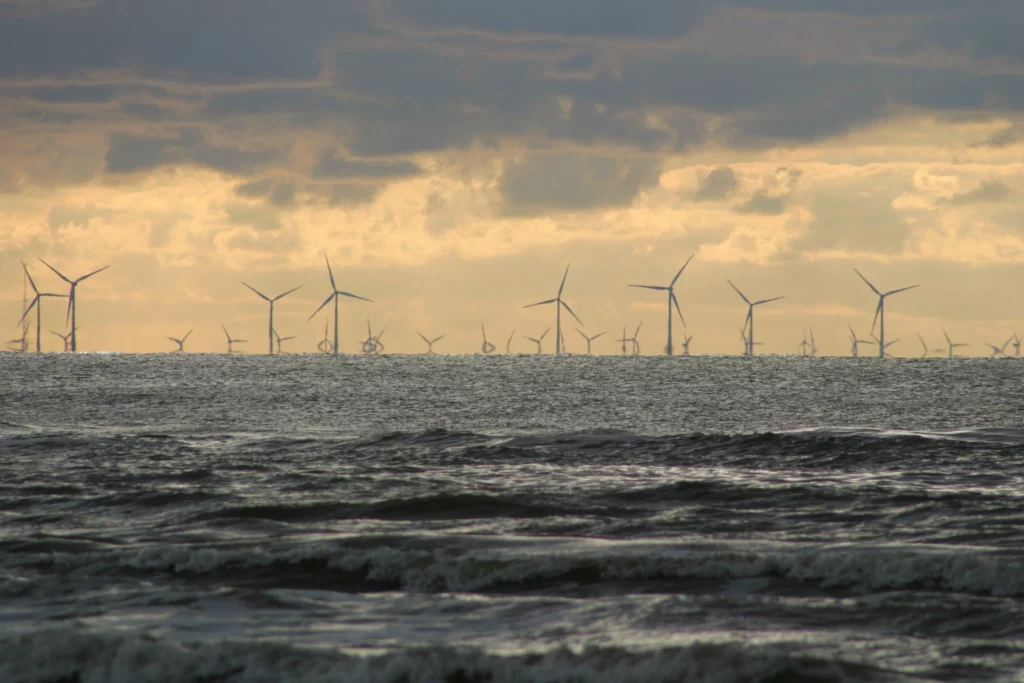
With this information, we can start to understand why offshore wind farms are becoming increasingly popular and how they can benefit us all.
We will also explore some of the largest wind farms in the world, their location and size, and how they are helping to power the world. The largest wind farms in the world are an impressive testament to the potential of this clean energy source.
What Are Offshore Wind Farms?
Offshore wind farms are facilities that use wind turbines to generate electricity from the wind, with the turbines located in bodies of water such as the sea or ocean. Offshore wind farms are a type of renewable energy source, as they harness the power of the wind rather than relying on fossil fuels or other non-renewable resources. Offshore wind farms can provide a reliable and emission-free source of electricity, and they are becoming increasingly popular in many parts of the world as a way to reduce reliance on traditional power sources and combat climate change.
In addition to their environmental benefits, offshore wind farms are becoming more cost-effective, making them an increasingly viable option for electricity generation. As offshore wind farms become more prevalent, they can help to reduce our reliance on more traditional power sources and support the transition to a low-carbon energy system.
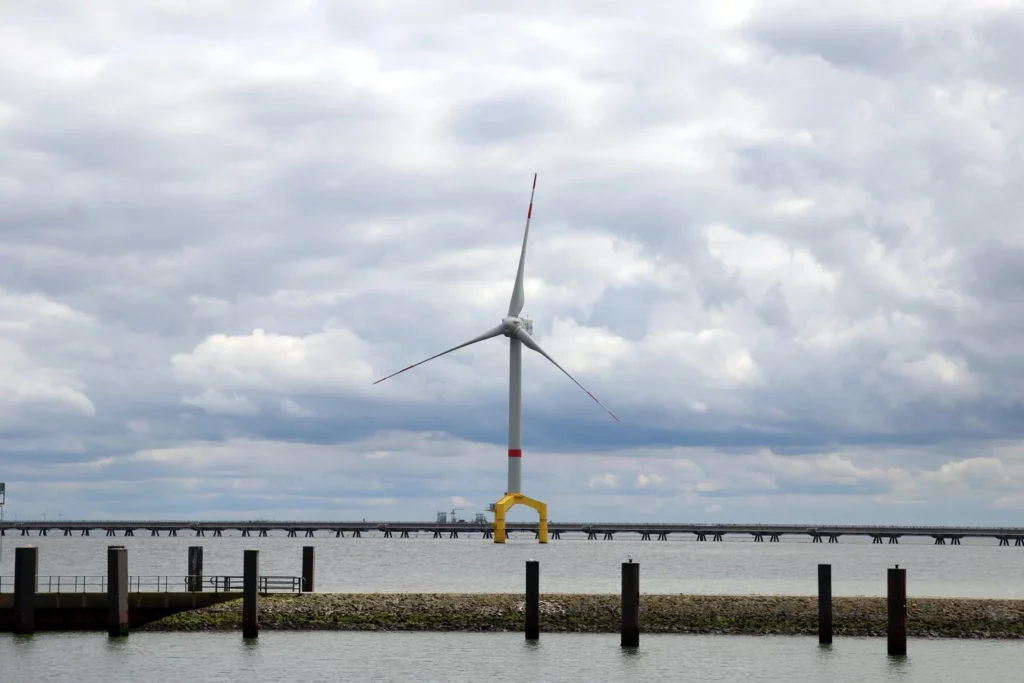
Types Of Wind Turbines Used In Offshore Wind Farms
There are several types of wind turbines that are used in offshore wind farms, including:
- Horizontal-axis wind turbines (HAWT): These are the most common type of wind turbines and are characterized by a horizontal axis of rotation and blades that resemble airplane wings. HAWTs are used in both onshore and offshore wind farms and are typically mounted on a tall tower to take advantage of stronger and more consistent winds at higher elevations.
- Vertical-axis wind turbines (VAWT): These wind turbines have a vertical axis of rotation and blades that resemble an eggbeater. VAWTs are less common than HAWTs and are typically used in small-scale or urban wind energy projects. They are generally less efficient than HAWTs but are more compact and easier to install.
- Floating wind turbines: These are a relatively new type of wind turbine that is designed to be placed in deeper waters where it is not possible to build traditional offshore wind farms. Floating wind turbines are mounted on a floating platform and are tethered to the seabed to keep them in place. They offer the potential to tap into stronger and more consistent winds in deeper waters but are still in the early stages of development.
The Benefits Of Offshore Wind Farms
Offshore wind farms offer a number of important benefits, both for the environment and the economy. From an environmental standpoint, offshore wind farms can help to reduce greenhouse gas emissions and air pollution.
By generating electricity from the wind rather than fossil fuels, offshore wind farms do not produce the same level of harmful emissions that contribute to climate change and air pollution. This makes offshore wind farms an attractive option for countries and communities looking to transition to a low-carbon energy system.
In addition to their environmental benefits, offshore wind farms can also have economic advantages. For example, offshore wind farms can create jobs in the construction, operation, and maintenance of the facilities.
In addition, offshore wind farms can increase energy security by providing a domestic source of electricity and reducing reliance on imported energy sources. This can be especially important for countries that are heavily reliant on a single energy source or that have volatile energy prices.
Offshore wind farms can also help to meet increasing energy demands. As populations and economies continue to grow, there is a need for reliable and sustainable sources of electricity. Offshore wind farms can help to meet this demand while also reducing our reliance on fossil fuels and other non-renewable resources.
In fact, offshore wind energy has the potential to play a major role in the transition to a low-carbon energy system, as it is a clean and renewable source of electricity that can be scaled up to meet increasing demand.
Examples Of Large Offshore Wind Farms
There are many large offshore wind farms in operation around the world, with more being built every year. Some examples of the largest offshore wind farms include the Hornsea One wind farm off the coast of the United Kingdom, the Walney Extension wind farm also off the coast of the UK, and the Gemini wind farm off the coast of the Netherlands.
The largest offshore wind farm in the world is the Hornsea One wind farm, located in the North Sea off the coast of the United Kingdom. It consists of 174 wind turbines and has a capacity of 1.2 gigawatts (GW).
The Walney Extension wind farm, also located in the North Sea, is the second largest offshore wind farm in the world with a capacity of 659 MW. The Gemini wind farm, located in the North Sea, is the third largest offshore wind farm in the world with a capacity of 605 MW.
These large offshore wind farms have had a significant impact on the local and national electricity grids. For example, the Hornsea One wind farm is capable of generating enough electricity to power over 1 million homes in the UK. The Walney Extension wind farm is also expected to make a significant contribution to the UK’s electricity supply, while the Gemini wind farm is helping to meet the Netherlands’ increasing demand for clean energy.
In addition to their size and capacity, these large offshore wind farms are also notable for their location. Offshore wind farms are typically located in bodies of water such as the sea or ocean, as the wind is often stronger and more consistent over water than it is on land. The location of these wind farms can have an impact on the local environment and ecosystem, which is something that is taken into consideration during the planning and construction process.
Future Potential Of Offshore Wind Farms
Offshore wind farms have come a long way in recent years and have the potential to play an even greater role in the transition to a low-carbon energy system in the future. The continued growth and expansion of offshore wind farms around the world is a testament to this potential.
One reason for the growth of offshore wind farms is the advances in technology that are making them more efficient and cost-effective. For example, wind turbines are getting larger and more powerful, which means they can generate more electricity with fewer turbines.
In addition, the development of floating wind turbines is opening up new locations for offshore wind farms, as these turbines can be placed in deeper waters where it is not possible to build traditional wind farms.
As offshore wind farms become more efficient and cost-effective, they are becoming an increasingly attractive option for electricity generation. This is especially true as countries and communities around the world look for ways to reduce their greenhouse gas emissions and transition to a low-carbon energy system.
Offshore wind farms can play a major role in this transition, as they provide a clean and renewable source of electricity that can be scaled up to meet increasing demand.
In the future, it is likely that offshore wind farms will continue to grow in popularity and become an increasingly important part of the global energy mix. As technology advances and costs continue to decrease, offshore wind farms have the potential to play a major role in the transition to a low-carbon energy system and help to address the challenges of climate change.
Conclusion On Offshore Wind Farms
In conclusion, offshore wind farms are a promising source of clean and renewable energy that offers many benefits, including the ability to generate electricity without emitting harmful greenhouse gases. These facilities are becoming increasingly popular and cost-effective, and they have the potential to play a major role in the transition to a low-carbon energy system.
In this article, we have explored the various benefits of offshore wind farms, including their environmental and economic advantages. We have also looked at some of the largest offshore wind farms in the world and discussed their impact on the local and national electricity grids.
Finally, we have considered the future potential of offshore wind farms and the role they could play in meeting increasing energy demands and addressing the challenges of climate change.
In light of all these benefits, it is clear that offshore wind farms have a bright future ahead. However, there is still much work to be done in terms of expanding offshore wind energy and making it more cost-effective.
We encourage readers to learn more about offshore wind farms and consider supporting them in their own communities. Whether through policy advocacy, investment, or simply choosing to use energy from offshore wind farms when it is available, there are many ways that individuals can help to advance this important clean energy source.
FAQ
What are offshore wind farms?
Offshore wind farms are facilities that use wind turbines to generate electricity from the wind, with the turbines located in bodies of water such as the sea or ocean. Offshore wind farms are a type of renewable energy source, as they harness the power of the wind rather than relying on fossil fuels or other non-renewable resources.
What are the benefits of offshore wind farms?
Offshore wind farms offer many benefits, including the ability to generate electricity without releasing harmful emissions into the atmosphere. They can also have economic benefits, such as creating jobs and increasing energy security. In addition, offshore wind farms can help to meet increasing energy demands while reducing reliance on fossil fuels and other non-renewable resources.
What are some examples of large offshore wind farms?
Some examples of the largest offshore wind farms in the world include the Hornsea One wind farm in the UK, the Walney Extension wind farm in the UK, and the Gemini wind farm in the Netherlands. These wind farms have a significant impact on the local and national electricity grids and are notable for their size and capacity.
What is the future potential of offshore wind farms?
Offshore wind farms have the potential to play a major role in the transition to a low-carbon energy system and help to address the challenges of climate change. As technology advances and costs continue to decrease, offshore wind farms are becoming an increasingly attractive option for electricity generation. It is likely that offshore wind farms will continue to grow in popularity and become an increasingly important part of the global energy mix in the future.
How can I support offshore wind farms?
There are many ways that individuals can support offshore wind farms in their own communities. This could include advocating for policies that support the development of offshore wind energy, investing in offshore wind energy projects, or choosing to use energy from offshore wind farms when it is available.
What are the different types of wind turbines used in offshore wind farms?
There are several types of wind turbines that are used in offshore wind farms, including horizontal-axis wind turbines (HAWT), vertical-axis wind turbines (VAWT), and floating wind turbines. HAWTs are the most common type and are characterized by a horizontal axis of rotation and blades that resemble airplane wings. VAWTs have a vertical axis of rotation and are generally less efficient but more compact. Floating wind turbines are a newer type of wind turbine that is mounted on a floating platform and are used in deeper waters where it is not possible to build traditional offshore wind farms.
- Sustainable and Luxurious: Discovering Split’s Yachting Paradise – April 26, 2024
- MarineTraffic vs VesselFinder: Which Is Better Vessel Tracking Service? – February 14, 2024
- Port Costs: A Comprehensive Guide to Port Dues and Fees for Cargo Ships – February 12, 2024


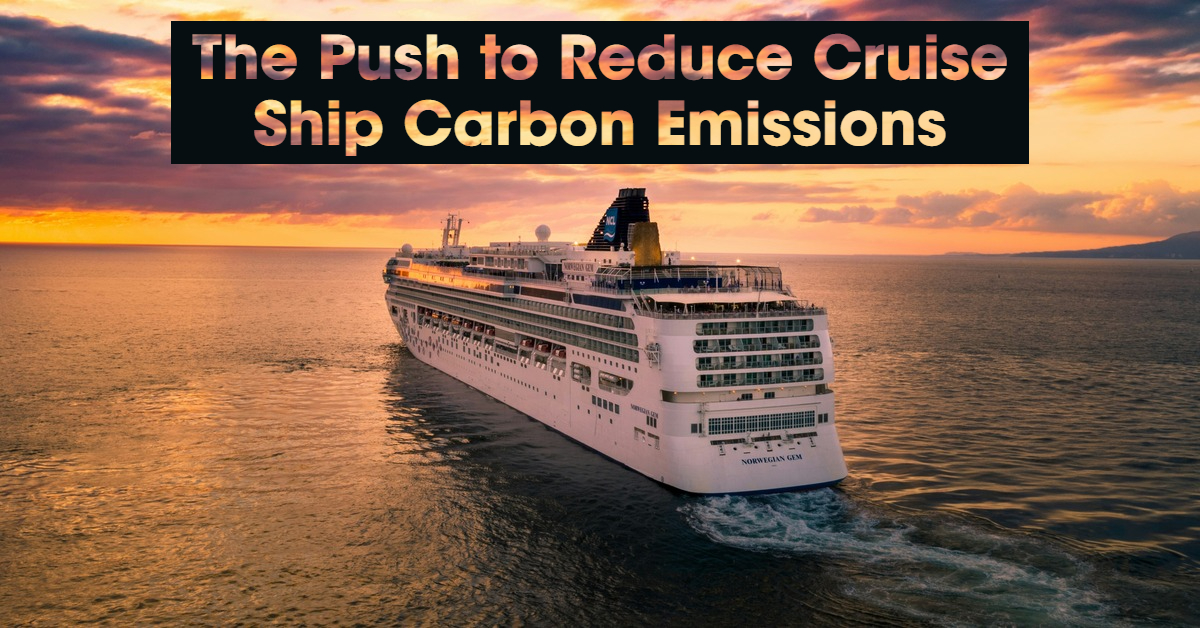
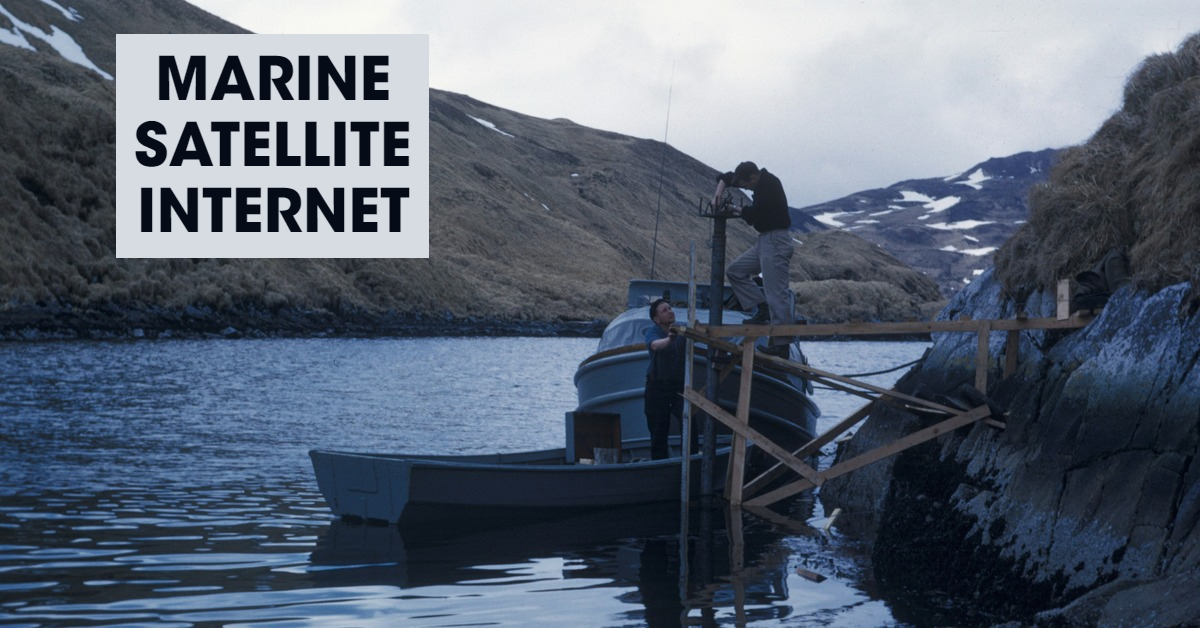
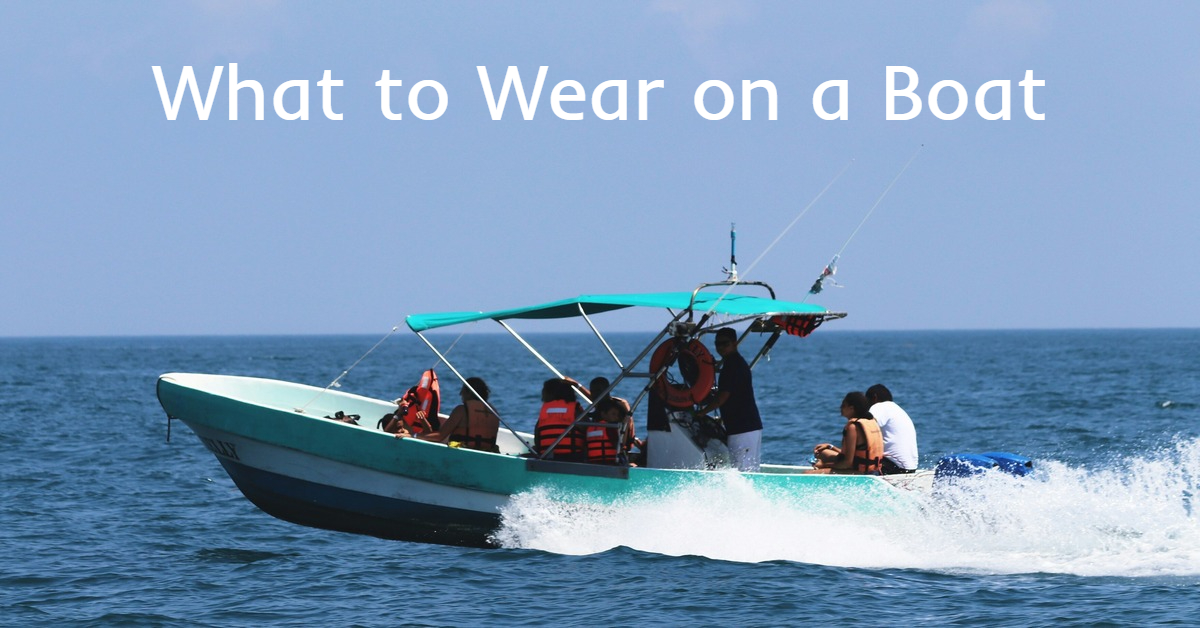
Leave a Reply